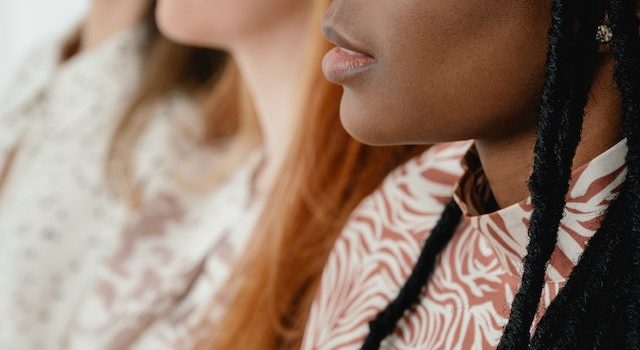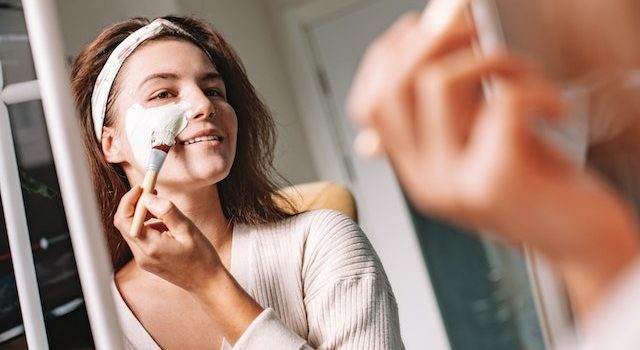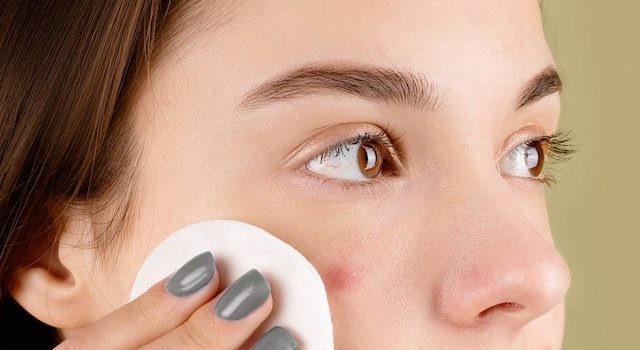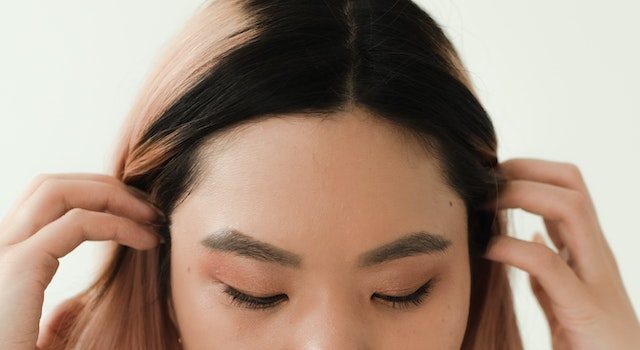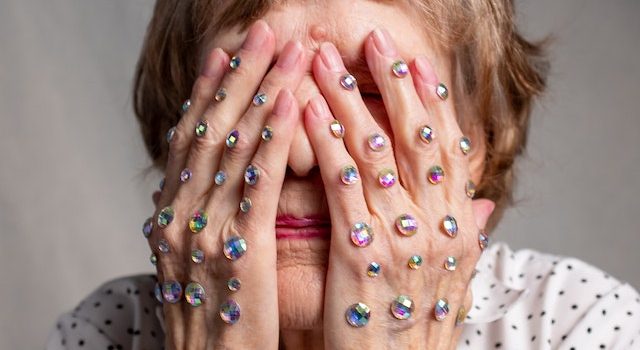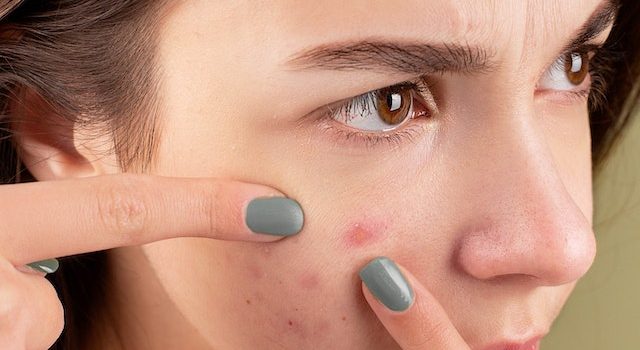
Introduction:
In the world of beauty, makeup can be a powerful tool for enhancing our features and expressing our personal style. However, even the most experienced makeup enthusiasts can fall victim to common mistakes that can undermine the overall look. To help you avoid these pitfalls and achieve flawless makeup application, we’ve consulted a beauty expert who shares valuable tips and insights. In this feature, we uncover the most common makeup mistakes and provide expert advice on how to steer clear of them.
1. Mismatched Foundation:
One of the most noticeable makeup mistakes is wearing a foundation that doesn’t match your skin tone. The beauty expert advises getting professionally matched at a makeup counter or testing shades on your jawline in natural light. It’s important to choose a foundation that seamlessly blends into your skin, creating a natural and even complexion.
2. Overdrawn Eyebrows:
While defined eyebrows can frame the face beautifully, overdoing it can result in an unnatural and harsh appearance. The beauty expert recommends using eyebrow products sparingly and following your natural brow shape. Light, feathery strokes with a brow pencil or powder can create a more natural look, avoiding the harsh lines of overdrawn brows.
3. Excessive Powder:
Applying excessive powder can make your skin appear dry and cakey, accentuating fine lines and texture. The beauty expert advises using powder strategically, focusing on areas prone to shine, such as the T-zone. Opt for a finely milled translucent powder and use a light hand when applying to maintain a fresh and natural finish.
4. Skipping Primer:
Primer is a crucial step that helps create a smooth canvas for makeup application and extends its longevity. The beauty expert emphasizes the importance of using a primer suitable for your skin type and concerns. Whether it’s mattifying, hydrating, or color-correcting, a good primer can make a significant difference in the overall look and longevity of your makeup.
5. Unblended Blush and Bronzer:
Harsh lines or unblended blush and bronzer can create a patchy and unnatural effect on the skin. The beauty expert suggests using a fluffy brush and blending the products seamlessly into the skin. Start with a light application and build up gradually, ensuring a natural flush of color and a sun-kissed glow.
6. Neglecting Makeup Brushes and Tools:
Using dirty or low-quality brushes and tools can compromise the final result of your makeup application. The beauty expert emphasizes the importance of regularly cleaning your brushes to prevent bacteria buildup and achieve seamless blending. Investing in high-quality brushes and tools can also make a noticeable difference in the precision and overall finish of your makeup.
7. Ignoring Lip Preparation:
Dry and chapped lips can ruin the look of even the most beautiful lipstick. The beauty expert advises exfoliating your lips gently with a lip scrub and applying a hydrating lip balm before lipstick application. This ensures a smooth and even application, enhancing the longevity and vibrancy of your lip color.
8. Going Overboard with Highlighter:
While highlighter can add a luminous glow to the skin, applying too much can result in an overly shiny or greasy appearance. The beauty expert recommends applying highlighter to the high points of the face, such as the cheekbones and the bridge of the nose, with a light hand. This creates a subtle, natural radiance that enhances the overall complexion.
Conclusion:
Avoiding common makeup mistakes is crucial for achieving a polished and flawless look. By following the advice of beauty experts, such as selecting the right foundation shade, blending makeup seamlessly, and using high-quality tools, you can enhance your natural beauty and avoid common pitfalls. Remember, makeup is an art, and mastering the techniques takes practice and experimentation. Embrace your
individuality and have fun exploring different looks while keeping these expert tips in mind.









